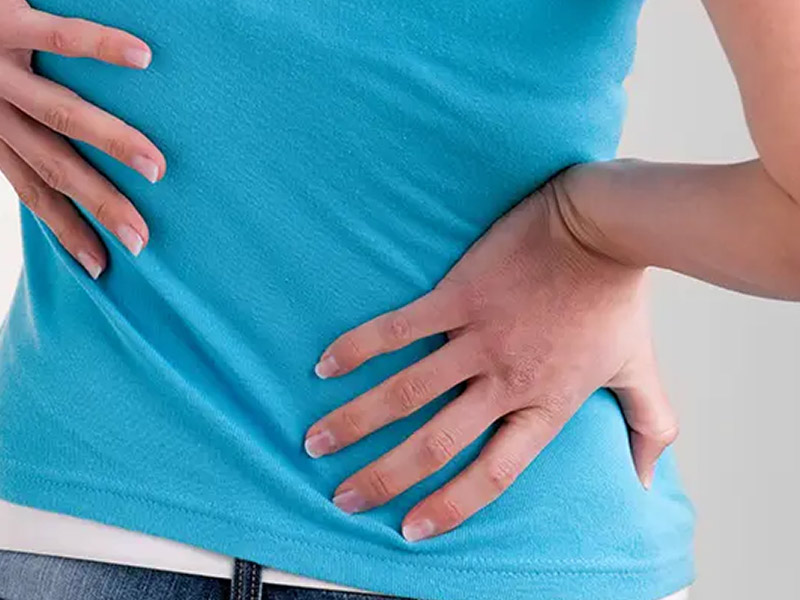Spinal Decompression
Spinal decompression therapy is an excellent nonsurgical option for the treatment nerve impingement. A study in 1998 showed a 71% success rate on the 778 participants in the study. Nerve impingement related to a disc herniation or degenerative stenosis can safely be treated with this therapy. Nerve impingements related to muscular causes will not respond and may even be exacerbated by this type of care. It is very important to have a physician evaluate the body as a whole and not rely on just an MRI finding to differentiate the cause of your nerve impingement.
Spinal decompression can be performed in many ways in a Chiropractic Physicians office setting and even at home. The theory behind spinal decompression is very simple, traction is performed to the spine to separate the bones and open up the disc space. When the disc spaces are opened it creates a vacuum effect within the disc increasing blood flow to the area. The separation also results in decreased pressure on the pinched nerve and more importantly allows impinged veins and lymphatic's to drain swelling in the area. During a session in a physicians office the decompression will be intermittent so you also get a pumping effect further decreasing inflammation. With repeated visits the goal is not to suck the herniated disc back into place but to increase fluid within the disc resulting in more height and separation between the vertebrae. Recent studies are suggesting that disc herniation's have been showed to get smaller after repeated sessions but no large studies have proven this yet. Repeated visits will also decrease the swelling around the irritated segment of the spine.
Decompression therapy can be done on the lumbar and cervical spine but in this article we will focus on methods for the lumbar spine. Cervical methods are very similar and different tables are incorporated in the care of cervical spine therapy. Studies on cervical decompression are much fewer and honestly I have little experience with using any table assisted methods. I prefer using my hands for cervical decompression and home care with neck hammocks.
3 Types of Tables
- Cable and Pulley: Cable and pulley units have the patient lying on a table with a belt wrapped around the waste. The patient can be lying on the their back with or without their legs being elevated. At the foot of the table a machine pulls the cable which is attached to the belt on a preprogrammed therapy. The machine will slowly traction the back to programmed tension and then slowly release the tension. This is a mechanical traction method.
- Separating Table: This method has the patient lying on their back with their legs elevated. The body is strapped to one section of the table and pelvic restraints are used hold the desired position. The table then has separates section to create decompression of the lumbar spine. This is a mechanical method.
- Flexion Distraction Table: This type of table can be mechanical or manual. This type of traction has the patient lying face down with a strap around their ankles. The bottom section of the table tilts downward at the foot during treatment. This motion of the table creates the traction by flexing the spine. During a manual treatment the physician controls the downward motion with one hand and uses the other hand to apply pressure to the vertebrae above the treated area. During a mechanical treatment the table moves the lower section based on preprogrammed parameters.
All three of the above methods are very safe and comfortable. They are all highly effective at accomplishing decompression and have research behind them. I prefer to use the manual flexion distraction model in my office. This method is most controlled by the Physician with a hands on approach. The only downside of this type of table is it relies on the skill of the Physician to apply the needed to be effective. The other methods are protocols that can be reproduced by a computer program.
2 Types of Homecare Decompression
- Straight Leg Table: This type of table the person attaches their ankles to the table while standing and then lays back. The table the allows them rotate the table backwards to invert. The person is able to control how far back they invert themselves to apply traction to their back. During this type of treatment the entire spine undergoes spinal decompression in a general manner.
- Bent Leg Table: This type of table the patient stands up against a pelvic support and they lean forward into the table bending their knee around a cushion behind their knees. During this type of inversion the legs are supported and holding the user inverted.
I endorse the bent leg approach for one very important reason. When the hips are flexed the low back muscle will relax and allow decompression to occur. The straight leg tables keep the low back curved and the muscles tense preventing a an optimal decompression.
